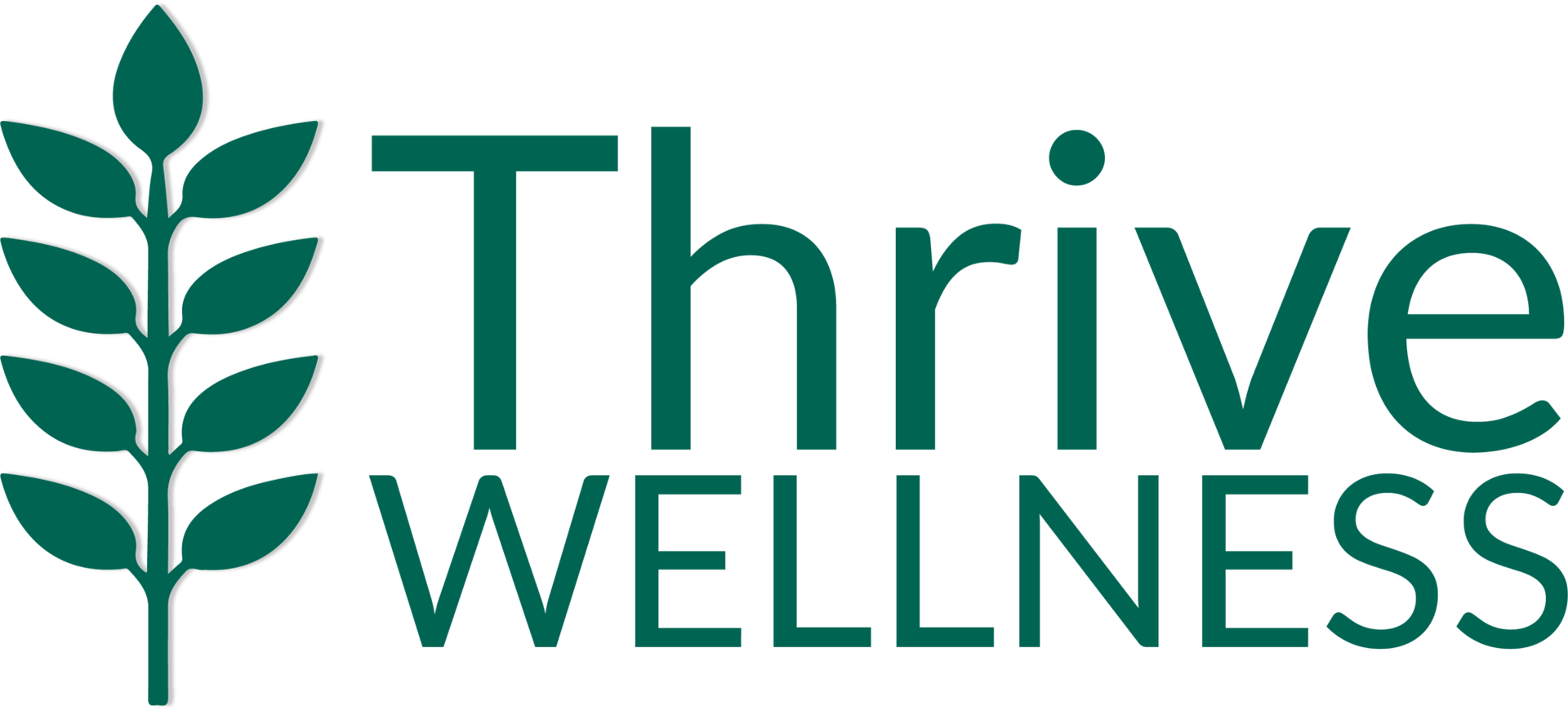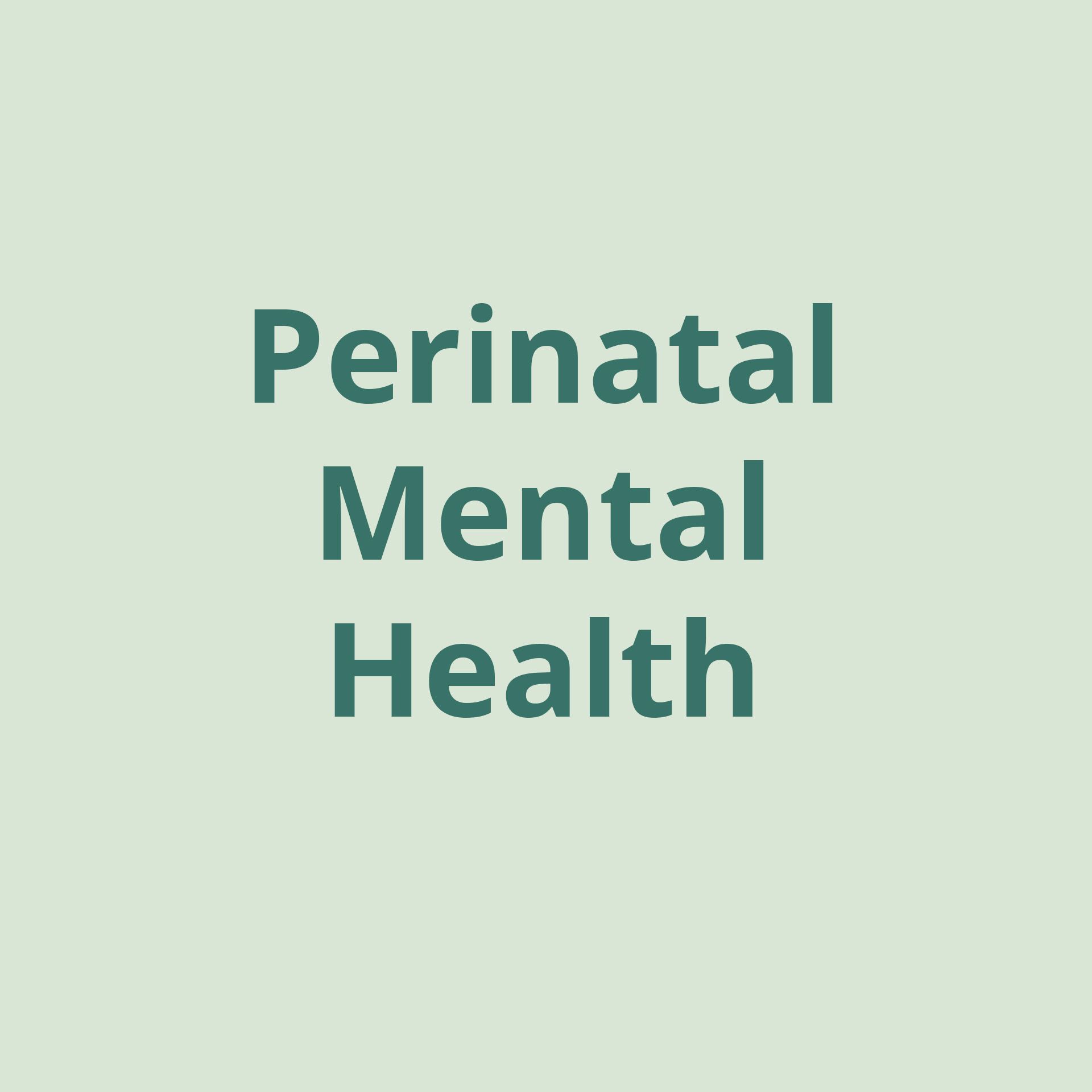Post-Traumatic Stress Disorder (PTSD): Symptoms, Triggers, and Treatment

By Thrive Wellness Waco Coordinator of Eating Disorder Services and Therapist Sarah Neelley, M.A., LPC-Associate, 500 RYT
According to the U.S. Department of Veterans Affairs , about 60% of men and 50% of women in the U.S. experience at least one traumatic event in their lives, and about 6% of the population develops post-traumatic stress disorder (PTSD) – a distressing and disruptive condition that can impede one’s ability to function and find fulfillment in life.
WHAT IS PTSD?
PTSD is a mental health condition that a person can develop after direct or indirect exposure to a traumatic event. Exposure can include:
- Directly experiencing the event
- Witnessing the event
- Learning that the event happened to a close family member or friend
- Repeated or extreme exposure to details of the traumatic event
Anyone can develop PTSD, however, not everyone who experiences trauma develops the condition. Researchers are still unclear on why some individuals develop PTSD and others don’t despite experiencing similar traumatic events.
TYPES OF TRAUMA THAT CAUSE PTSD
Exposure to actual or threatened death, serious injury, or sexual violence are some of the most common types of trauma. Traumatic experiences can include numerous different events such as:
- Physical, mental, and emotional abuse, including child abuse
- Accidents such as car crashes, falls, and other injurious instances
- Attempted or completed sexual violence
- Being threatened with a weapon
- Combat exposure
- Witnessing serious violence
- Learning a loved one has been killed violently or accidentally
- Medical trauma, whether personal or experienced by a loved one
- Natural disasters
- Bullying and harassment
SYMPTOMS OF PTSD
PTSD involves four different categories of symptoms, which are:
- Intrusion
- Avoidance
- Negative changes in mood and cognition
- Changes in arousal or reactivity
To be diagnosed with PTSD, an individual must have symptoms in each of these categories that have lasted for more than one month since the traumatic event.
Types of intrusion symptoms include:
- Dissociative reactions, which can involve flashbacks, feeling unaware of one’s present surroundings, feeling outside of one’s body, and “zoning out”
- Intense or prolonged distress when exposed to either internal or external cues that resemble or are associated with the traumatic event
- Marked physiological reactions to internal or external cues that resemble or are associated with the trauma
- Responses may include:
- Racing heart
- Sweating
- Difficulty breathing
- Nausea
- Vomiting
- Feeling shaky
- Responses may include:
- Recurring unwanted and troubling memories of the traumatic events which may manifest as intrusive thoughts that seem random or are triggered by a reminder of the traumatic event
- Recurrent distressing dreams, which can be experienced as nightmares in which the content is directly related to the trauma
Types of avoidance symptoms include:
- Avoiding distressing memories, thoughts, or feelings related to the event
- Avoiding external reminders that arouse unsettling memories, thoughts, or feelings related to the event
Types of negative changes in mood and cognition include:
- Feeling misunderstood, detached, or estranged from others (An individual may spend a lot of time around people who love them, yet feel incredibly isolated and alone. Often they may feel as if they can’t talk about what they’re going through or as if no one would understand.)
- Inability to remember important details of the traumatic event
- Notably diminished interest or participation in significant activities
- Persistent, distorted thoughts about the event often leading an individual to blame themselves or others, such as, “If only I had done…” or “I could have stopped it if…”
- Incessant inability to experience positive emotions
- Ongoing negative beliefs about oneself, others, or the world, such as, “I am bad,” “Bad things always happen,” The world isn’t safe,” or “People can’t be trusted.”
- Persistent negative emotional state
Types of alterations in arousal and reactivity include:
- Anger outbursts, which are often verbally or physically aggressive
- Difficulty concentrating
- Exaggerated startle response
- Hypervigilance, which involves feeling “on guard” or overly aware of one’s surroundings (A person may seem “jumpy” or easily startled when approached. Their concern may be heightened about various noises or environments that cause them to feel unsafe. An example of hypervigilance includes a person wanting to sit where they can see the door or everyone in the room so they know what’s happening around them.)
- Irritable behavior
- Reckless or self-destructive behavior
- Sleep disturbance , such as difficulty falling asleep or staying asleep
WHAT TRIGGERS PTSD SYMPTOMS?
Certain sensory information can remind a person with PTSD of the traumatic event and cause them to react with one of the body’s instinctive survival modes – a “fight,” “flight,” “freeze,” or “fawn” (abandoning one’s needs to please others and avoid backlash) response, while also cuing their PTSD symptoms. Triggers are unique to every individual with PTSD, as are the traumatic events which led to the PTSD. They may include but are not limited to smells, tastes, sounds, sights, physical sensations, thoughts, emotions, and interactions.
Examples of possible triggers include:
- A feeling inside the body that resembles one experienced during or after the trauma
- A wanted or an unwanted touch from another human as any touch may remind them of the trauma
- An interpersonal interaction that enacts a similar feeling, thought, encounter, etc. to one experienced during the trauma
- References and exposure to another individual involved in the trauma
- Returning to or talking about the place where the event occurred
- Seeing an environment or aspect of an environment which resembles the one similar to where the trauma occurred or where they learned of the event
- Seeing someone that resembles an individual from their trauma
- Seeing the clothes one was wearing when the event occurred
PTSD IN CHILDREN
PTSD in children can look very different than it does in adults. Younger children may lack the vocabulary or cognitive ability to verbalize their experience and therefore may act out themes or aspects of the traumatic event as well as directly reenact the trauma in play. This behavior is usually linked to an intrusive symptom. Children may also have recurrent nightmares but be unable to recall or express the exact content of the dreams which may be connected to the trauma.
ELEMENTS OF TRAUMA-INFORMED CARE
Trauma treatment may implement a variety of modalities, such as eye movement desensitization and reprocessing (EMDR) and sensorimotor psychotherapy . However, trauma-informed care should involve the following elements:
- A careful, compassionate approach: Clinicians who implement trauma-informed care consider the client’s experience as a priority at all times during their treatment. Mental health professionals generally understand that everyone experiences and responds to trauma differently as shown by the wide array of events that can lead to the development of PTSD and unique triggers for each individual. Providers who are committed to offering trauma-informed care will actively avoid re-traumatization and work to integrate the knowledge of trauma into all processes, procedures, and policies.
- Client education and empowerment: Trauma-informed care involves ensuring the client is well-aware of what treatment options are available to them and empowering them to seek out the care they need, which includes speaking up when something isn’t working for them.
- A trusting therapeutic relationship: Those receiving treatment for trauma should expect their clinician to take time to build a trusting relationship before engaging in deeper therapeutic work. Most providers will assess the whole picture of a client’s life, current functioning, and past experiences while recognizing signs and symptoms of trauma.
- Clinician flexibility: The humility and responsiveness of mental health professionals are also important aspects of trauma-informed care. As with many forms of therapy, trauma-informed care honors clients as the experts in their own lives and experiences. Providers should be willing to acknowledge their own mistakes and make any necessary adjustments in an individual’s treatment to achieve the best possible outcomes for the client. In trauma-informed care, clinicians transparently involve their clients in decisions regarding their care to empower the client with a sense of ownership over their recovery.
PTSD TREATMENT MODALITIES
While treatment for PTSD varies from one individual to another, it may include therapy, medication, primary care, and any other health care services that may be warranted based upon the individual’s unique needs. Ideally, all providers working to treat an individual for PTSD are connected and in communication with one another as integrated care can help to ensure holistic healing.
There are several evidence-based modalities that are well known as being effective for treating PTSD in therapy. Some methods take a narrative approach in which an individual works with their therapist to process each aspect of the event. Clients may even write their trauma narrative to discuss in session.
Other approaches address more of the somatic, or bodily, experience. These interventions embrace the idea that trauma can become trapped in the body. Somatic therapies don’t typically require an individual to relive their trauma experience by sharing a detailed narrative. Instead, they address the internal experience, associated symptoms, and impacts of the event.
Types of PTSD treatment modalities include:
- Cognitive processing therapy: A type of cognitive-behavioral therapy (CBT) that encourages individuals to challenge any problematic ideas related to trauma
- Dialectical behavioral therapy (DBT) : Guides individuals in implementing skills that help them regulate their emotions and live a meaningful life
- Eye movement desensitization and reprocessing (EMDR) : Uses bilateral eye movements to help change how traumatic memories are stored so that they no longer cause distress
- Prolonged exposure therapy: Encourages individuals to gradually face their trauma-related fears as a way of desensitizing them to their triggers
- Sensorimotor psychotherapy : Helps clients release stored traumatic bodily energy
- Somatic experiencing: Integrates the body into processing the traumatic event
- Trauma-focused cognitive behavioral therapy (TF-CBT): Another form of CBT intended to treat children struggling with trauma and adults with unresolved trauma from their childhood
Every approach to treating PTSD will likely involve:
- Addressing the client’s unique experience and PTSD symptoms
- Psychoeducation to help the client better understand their PTSD
- Implementing skills that help reduce the client’s symptoms such as distress tolerance, mindfulness, and interpersonal effectiveness
- Some form of therapeutic processing that helps integrate the traumatic experience and foster a sense of acceptance
RECOVERING FROM PTSD
Just as with any other mental or behavioral condition, recovery from PTSD looks different for everyone. Some individuals may live with remnants of their PTSD for long periods, experiencing complete relief from many symptoms while other symptoms dull over time. They may also have ebbs and flows in their symptoms which can be frustrating at times.
With that in mind, recovery from PTSD is entirely possible and with the right support, individuals can learn to process their traumatic experiences, manage their symptoms, and begin to move forward in their lives while acknowledging the impact of the past.
SUPPORTING A LOVED ONE WITH PTSD
If you’re a family member or friend of a loved one with PTSD, below are some ways you can help them as they heal:
- Be willing to listen to your loved one
- Ask your friend or family member how you can best support them
- Find out if they are willing to share some of their triggers with you and if so, what you can do to offer support when they encounter a trigger
- Learn what things help your loved one feel safe and ways you can increase their sense of security
- Offer a loving, calm, and caring presence when you can
- Do your best to show up when they need help
- Take care of your mental health
- Remind them of the meaning and value they add to your life and why you care about their recovery
- Encourage them to seek professional help
HEALING FOR PTSD AT THRIVE WELLNESS
Many of our clinicians are experienced in treating PTSD through a variety of evidence-based methods. If you think you may be struggling with PTSD, Thrive Wellness specialists want to help you process your trauma, find the healing that you deserve, and lead a fulfilling life. Reach out to learn more about our outpatient services .
About the Author
Thrive Wellness Waco Coordinator of Eating Disorder Services and Therapist Sarah Neelley, M.A., LPC-Associate, 500 RYT
Sarah is passionate about providing holistic care to survivors of interpersonal trauma, as well as individuals struggling with eating and body image concerns.
A registered yoga instructor, she enjoys integrating her counselor education and yoga training to holistically approach mental health treatment. She is skilled at facilitating trauma-informed yoga therapeutic groups for survivors of interpersonal trauma.
As a counseling intern at Baylor University’s Counseling Center, Sarah has provided mental health support to clients facing crisis situations, trauma, anxiety, depression, OCD, substance use, and anger concerns.
Sarah holds a master of arts degree in clinical mental health counseling from the University of Mary Hardin-Baylor. She also holds a bachelor of arts degree in psychology from Baylor University.
In her free time, Sarah loves reading, spending time with friends and family, taking long walks outdoors, enjoying a good cup of coffee, and doing puzzles. She recently developed an interest in keeping plants alive. Wish her (and her plants) all the luck!
Supervised by Erin McGinty Fort, LPC-Supervisor (76628) | Texas State Board of Examiners of Professional Counselors
The post Post-Traumatic Stress Disorder (PTSD): Symptoms, Triggers, and Treatment first appeared on Thrive Wellness.








